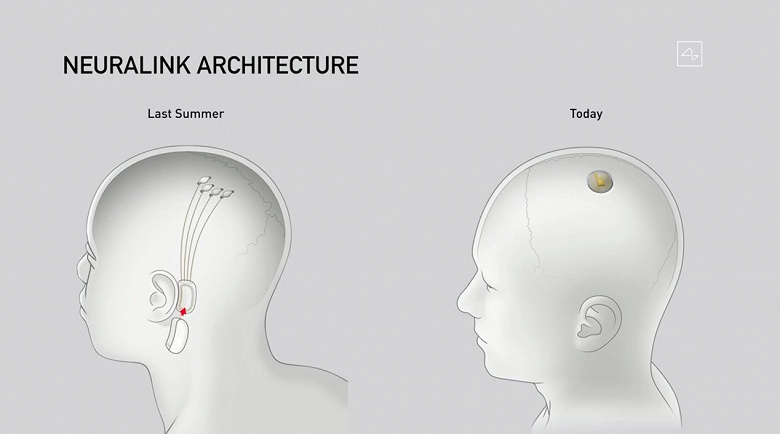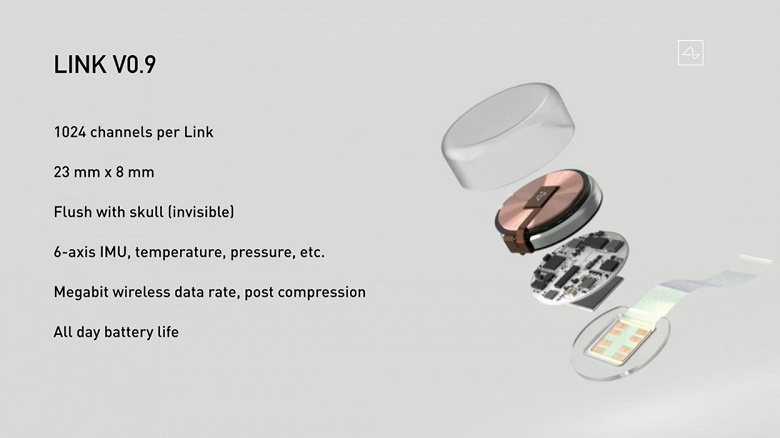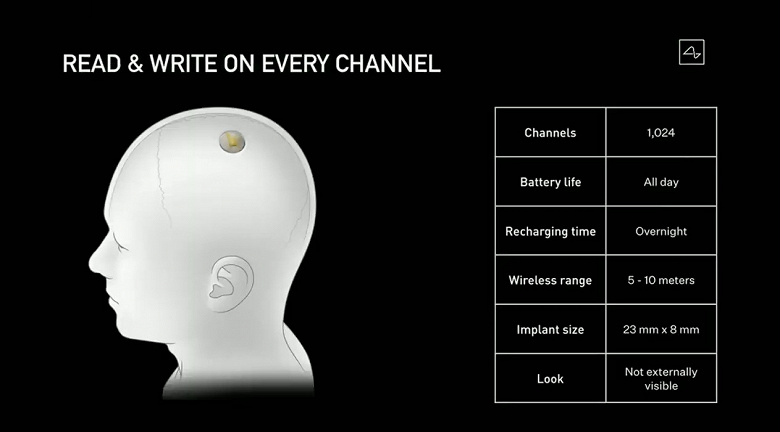Nice thank you. This takes the urgency to look into this now, away.From what i understand that PCR test protocol from paris is not looking for that chromosome 8 dna seq.
It is reverse primer ( in this specific protocol from paris)
Here is video explaining mistake people make about this (only in polish for now, there is translation belove) :
And here is explanation in english (google translate) :
You are using an out of date browser. It may not display this or other websites correctly.
You should upgrade or use an alternative browser.
You should upgrade or use an alternative browser.
Coronavirus Pandemic: Apocalypse Now! Or exaggerated scare story?
- Thread starter wanderingthomas
- Start date

Strengere Linie bei Großveranstaltungen: NRW setzt Maskenpflicht im Schul-Unterricht aus
Schüler in NRW müssen bald nicht mehr stundenlang mit Maske im Unterricht sitzen. Das Land lässt die umstrittene Pflicht zum Tragen eines Mund-Nasenschutzes Ende August auslaufen. Bei Großveranstaltungen will NRW aber eine strengere Linie durchsetzen.
I don´t want to jinx it, but latest news ( 27. August 2020 um 21:39 Uhr ) from NRW, Germany, is that:
The obligation to wear masks in school classes ends on August 31, said Prime Minister Armin Laschet (CDU) on Thursday in Düsseldorf. However, it is still compulsory to wear a mask in school buildings outside of class.
Also:
...Laschet announced that events with more than 1000 guests would have to be coordinated with the state of North Rhine-Westphalia in the future.
...For celebrations outside the home such as weddings, funerals or special birthdays, the upper limit of 150 people continues to apply
...The state will not intervene in the private sphere of the people in their homes.
...If the number of people infected with corona in individual regions of North Rhine-Westphalia increases sharply again, the state wants to be able to react more flexibly in the future. Instead of a lockdown, there should then be a local "Corona brake" in NRW. Districts with high infection values should coordinate “a tailored local package of measures” with the country, said Laschet.
Such a package could include local assemblies, events or shopping bans as well as schools. The decision as to which measures should be taken lies with the local authorities. Laschet spoke of a threshold when a value approaches the 7-day incidence of 50.
...When it comes to fines for those who refuse to wear a mask, NRW remains above the nationwide minimum rates: Whoever is on public buses and trains without mouth and nose protection has to pay up to 150 euros.
Can you give this (https: //www.who.int/docs/default-sour .) whole link?And here is explanation in english (google translate) :
Gmork
The Force is Strong With This One
Here is source for all pcr test primer etc. :Can you give this (https: //www.who.int/docs/default-sour .) whole link?
Primer design for quantitative real-time PCR for the emerging Coronavirus SARS-CoV-2 - PMC
In December 2019, a new coronavirus disease (COVID-19) outbreak occurred in Wuhan, China. Severe acute respiratory syndrome-coronavirus-2 (SARS-CoV-2), which is the seventh coronavirus known to infect humans, is highly contagious and has rapidly ...
In other words, so called socially responsible, politically middle ground people preparing to line up behind full scale medical-martial law totalitarianism as the logical and only solution to such a state of chaos. Reminds one of something that went on in a certain central European country in the early 1930s... how the middle class in Germany allowed the Nazis in so as to clean up the mess whilst turning a blind eye to the Pandora's Box they willingly opened (a necessary sin)... all for the greater good. They are fully ready and willing to support the implementation of the means to justify the ends.
Here in Italy since all this madness started back in March when almost everybody believed that a deadly virus is killing everybody around them only a small portion of people in my opinion started to question the official narrative after many doctors, scientists began to speak out against this BS.
Nonetheless many people still aren't able to see through the lies even if they are surrounded by truth and facts that are calling out the BS narrative the feckless politicians and their presstitutes are spreading 24 h/24 h. This fact makes me conclude that these people have been deeply brainwashed indeed because of different factors.
What I'm trying to say is that in my opinion these people won't be able to see the truth no matter what, at least until it won't be too late as it happened in Germany, Italy and other countries in the '30 - '40.
So a rhetorical question will be: the increasing effects of the earth changes and other cosmic phenomenon will be the "shock" that will shake these people to their inner core? It seems that at this point these people aren't able to grasp the nature of this reality by simply watching and listening to what's happening around them.
On a last note, a few days ago I've shared on fb a cute video of a 2 year baby girl strapping and throwing away the face mask their stupid parents put on her. I've wrote a comment to the video saying that the little girl is very bright by doing this. One of my coworkers, a woman and a mom, left an angry face on my post writing that the 2 years old little girl is a bad baby, she misbehaved by throwing the mask on the street and not in the trash can. An uncivilized act according to her.
I've replied that she's a little baby and this factor shouldn't be an issue obviously, though it seems that to this lady this was a big issue according to her last reply stating basically that she won't agree with my statement.
I don't have to even add the fact that i was flabbergasted by this weird experience, though i was not surprised. Of course to me her disagreement suggests that the act of throwing away the mask by the little girl wasn't the real issue. The real issue that triggered her was the symbology behind the baby girl's act, that is, an act of disobedience, of rebellion, of rejection of a totally insane and illogical rule of behavior imposed by the "adults". Those were the real issues that triggered her. And mind you, she's a mother.
So for the moment I've decided that I need a break from Facebook as well, too much distraction at this point and honestly from where I sit i don't see any point to continue sharing the truth to those that are blind to it, it seems it's a choice that they have made.
Pearce
Jedi Master
Meant to make a post a few days ago but got caught up in other events. I'll begin with this, from Aug 25, 2020
So that's the first nugget. The second is this:

Austin-Travis County moves down to Stage 3 of COVID-19 risk guidelines, residents should still use caution
The move is due to lower positivity rates and cases, Austin-Travis County Interim Health Authority Dr. Mark Escott said on Tuesday.www.google.com
Austin-Travis County moves down to Stage 3 of COVID-19 risk guidelines, residents should still use caution
AUSTIN (KXAN) — The City of Austin and Travis County are now in Stage 3 of its risk-based guidelines to stop the spread of COVID-19.
The move is due to lower positivity rates and cases, Austin-Travis County Interim Health Authority Dr. Mark Escott said on Tuesday.
“We are moving to Stage 3 because our key indicators are trending in the right direction,” said Escott.
This doesn’t mean that residents should relax precautionary measures, however. Escott, Austin’s interim top doctor, still recommends keeping practices like rigorous hand-washing, mask-wearing and social distancing in place.
“As much as possible, though, we would like individuals to continue to act as if we are still in Stage 4 so that we can be in a better place as school starts,” said Escott.
APH updated risk-based guidelines chart as of August 10, 2020 (APH)
Stage 3 includes the following guidelines:
- Higher-risk individuals (those over age 65 and/or those with chronic medical conditions) should avoid non-essential travel, dining and shopping
- Everyone — including those not at high risk — should avoid social gatherings and any gatherings with more than 10 people
[Notice no mention of masks]
“Our key indicators are all showing that we as a community are reducing our COVID-19 numbers, but we need to remain focused on improving the health outcomes for communities of color, who continue to be disproportionately impacted by the virus,” said Stephanie Hayden, APH Director.
Positivity rate is a key factor in determining risk stages, Austin Public Health explains. The rate is calculated using the number of positive cases divided by the number of overall tests being administered.
“Our goal is to have a positivity rate below 5% by September 8, when most Austin-Travis County students start their school year,” said Dr. Escott. “In addition to an overall positivity rate below 5%, every individual race and ethnic group in Austin should have a positivity rate below 5%.”
On August 4, Escott announced the city of Austin and Travis County would remain in Stage 4, despite an aggressive decline in cases since mid-July.
Dealing with the backlog
Earlier this month, the Department of State Health Services said it was working to address coding errors that had led to backlogs of testing data.
Escott addressed this issue to Travis County commissioners Tuesday.
To avoid misrepresentation of the numbers in Austin and Travis County, Escott said staff analyzed how many cases are more than 14 days old. These cases are no longer considered ‘active’ and pinpointing them gives a better idea of what the trend actually is.
“What they found is over the past several weeks, 40 to 50% of those new cases due to this backlog are no longer active cases,” Escott said. “So what this tells us is that our actual new cases or cases that are still active are going down, rather than plateauing.”
Escott said the seven-day moving average for new hospital admissions has decreased since the end of July.
“This is reassuring news, and I think further evidence that the epidemic has been declining in Travis County,” he said.
Ventilator use is also on the decline, Escott said. He reported healthcare executives said hospitals are doing well and that there’s enough space available.
“The hospitals are in great shape. There are plenty of hospital beds, ICU beds, ventilators available now,” he said.
He encouraged people that have been putting of elective surgeries, physicals and immunizations to get them done now.
Escott also reported that Hispanic, Latino and Black communities continue to be over-represented in the COVID-19 numbers compared to their representation in Travis County.
“I just cannot emphasize enough the disproportionate impact that COVID-19 has had and continues to have on our communities of color,” Escott said.
He said continued outreach and advocacy is needed and that the county needs to address the underlying issues of lack of access to healthcare for these communities.
So that's the first nugget. The second is this:
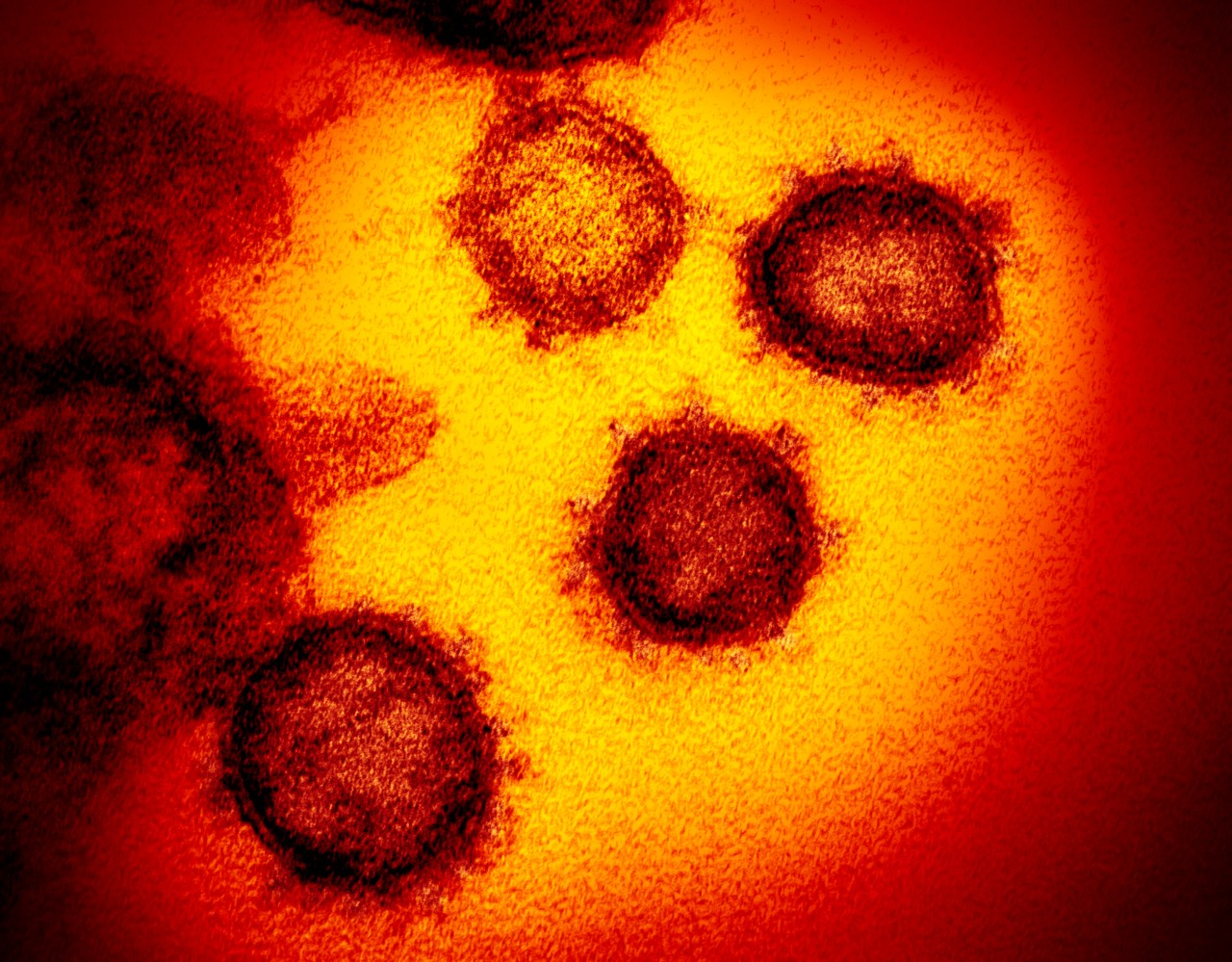
COVID-19 becomes 4th-leading cause of death in Travis County
Austin Public Health compared COVID-19 deaths so far in 2020 to statistics from 2018. As of Aug. 20, there have been 346 COVID-19 deaths in the county, which is more than the number of people who d…www.google.com
COVID-19 becomes 4th-leading cause of death in Travis County
AUSTIN (KXAN) — COVID-19, the disease caused by the new coronavirus, is now the 4-leading cause of death in Travis County, according to preliminary numbers from this year.
Austin Public Health compared COVID-19 deaths so far in 2020 to statistics from 2018. As of Aug. 20, there have been 346 COVID-19 deaths in the county, which is more than the number of people who died from the fourth-leading cause of death in 2018, strokes.
Austin Public Health Director Stephanie Hayden characterized it as an “unfortunate milestone in our community.”
APH uses historical trends to compare the approximate numbers of deaths in 2018 with the numbers this year. Final causes of death are determined and tracked once a death certificate is filed with the APH Office of Vital Records.
The top four causes of death in the county in 2018 were:
Malignant Neoplasms (Cancer): 1,229
Heart Diseases: 1,092
Accidents (Unintentional Injuries): 512
Cerebrovascular Diseases: 337
[Remember, only 346 Covid deaths, so it only surpassed strokes by 9 deaths]
The announcement came two days after Dr. Mark Escott said Travis County was tied for that fourth-place position.
“You know we look at that data and see that the next milestone at 512 deaths associated with accidents of all kinds is not far away,” Escott said. “We know that COVID-19 is now the 3rd leading cause of death in United States.”
The top causes of death in Texas in 2018 were heart disease, cancer, stroke and chronic lower respiratory diseases. Meanwhile, data from 2017 shows the top causes of death in the United States were heart disease, cancer, accidents, and chronic lower respiratory disease.
“We all must take it very seriously because if we don’t it’s going to affect all of us,” Escott said. “It’s going to affect all of our families to some extent.”
Ocean
The Living Force
WHO Coronavirus PCR Test Primer Sequence is Found in All Human DNA
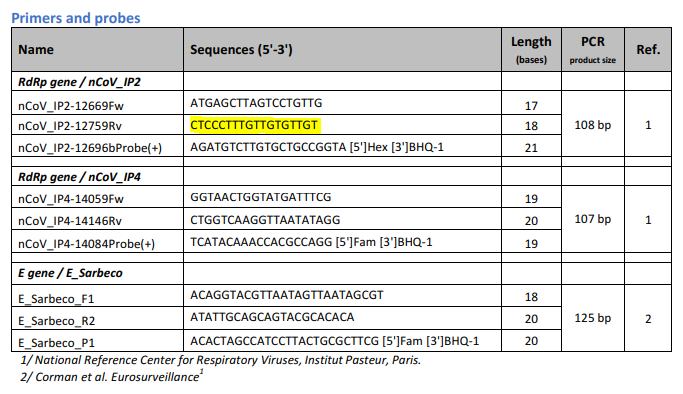
 truth11.com
truth11.com

WHO Coronavirus PCR Test Primer Sequence is Found in All Human DNA
Before Its News.com Steve Kelly – Piece of Mindful April 6, 2020 This was important enough that I wanted to get it out immediately. My research into the NCBI database for nucleotide sequences has l…
 truth11.com
truth11.com
I have found the Dutch subtitles in a srt-file based on the same file you mentioned above. As I would like to watch the second part of Plandemic again I could check and see if the Dutch translation (it is 'machine translated') is satisfactory. I had a quick look at the file, but the translation omits terms like Operation Mockingbird for instance.
I've checked the English subs I posted here, and it's a bit of a mess. It's not in sync, but that's not the problem – I easily adjusted the sync with an online tool. The problem is that the sentences are not clearly parted and it's all put on one line, instead of 2 lines – so the text line keeps changing all the time. It feels like too much work to start editing this. I've searched frantically for another .srt file with properly made English subs, but so far all results point to this same crappy file.
Has anyone managed to find a .txt. or .srt file with good English subtitles (to Plandemic 2)?
I've checked the English subs I posted here, and it's a bit of a mess. It's not in sync, but that's not the problem – I easily adjusted the sync with an online tool. The problem is that the sentences are not clearly parted and it's all put on one line, instead of 2 lines – so the text line keeps changing all the time. It feels like too much work to start editing this. I've searched frantically for another .srt file with properly made English subs, but so far all results point to this same crappy file.
Has anyone managed to find a .txt. or .srt file with good English subtitles (to Plandemic 2)?
Indeed, subtitles are not a very well synchronized. Since we do not have our own subtitles from an English transcription, I guess we will have to wait until find proper .srt files.
FWIW, I've done a Focus in French SOTT anyway, based on a video with Fr subtitles available on Bitchute. The most important is to share it and Fr subtitles are quite similar to what is said in English. The message gets through and that's the most important thing IMO.
Today Elon Musk presented his piece called Neuralink V2, which is implanted in the brain. So far, the chip has been tested on pigs and monkeys, and an even more "advanced" version is promised in 2021. The chip is charged by induction charging (without wires) while sleeping.
I've forgot to mention that from yesterday morning 8:00, muzzles are mandatory in every streets in Paris and its immediately-surrounding suburbs named "Petite couronne" in French which can be translated as "Little corona". The same goes for Strasbourg and Marseille, and other major cities will soon follow...
As Coronavirus Infections Rise, Masks In Paris Become Mandatory In All Public Places
Bla-bla-bla...
I've watched the Plandemic II on yesterday evening, it is very well done and I really hope a bunch of people will be able to watch it, and to accept the Truth for what it is even if it is profoundly disturbing, especially for those who have no clue at all. OK, I guess that for those ones, it will be difficult to even accept that it can only be possible and that they will go back to their life once watched, saying this is all non-sense. The world we are living now IS disturbing and malevolent and we did not reach the peak of it, yet, so fasten your seat belt because it's going to rock for the next few months...
Edit: spelling
As Coronavirus Infections Rise, Masks In Paris Become Mandatory In All Public Places
The French government announced Thursday that face masks will become mandatory everywhere in Paris and its suburbs, including all outdoor public spaces. The heightened mask requirement comes as the number of new COVID-19 cases in France jumped to more than 5,000 in the previous 24 hours — the highest increase since the country came out of lockdown in mid-May.
Bla-bla-bla...
I've watched the Plandemic II on yesterday evening, it is very well done and I really hope a bunch of people will be able to watch it, and to accept the Truth for what it is even if it is profoundly disturbing, especially for those who have no clue at all. OK, I guess that for those ones, it will be difficult to even accept that it can only be possible and that they will go back to their life once watched, saying this is all non-sense. The world we are living now IS disturbing and malevolent and we did not reach the peak of it, yet, so fasten your seat belt because it's going to rock for the next few months...
Edit: spelling
Ocean
The Living Force
I've checked the English subs I posted here, and it's a bit of a mess. It's not in sync, but that's not the problem – I easily adjusted the sync with an online tool. The problem is that the sentences are not clearly parted and it's all put on one line, instead of 2 lines – so the text line keeps changing all the time. It feels like too much work to start editing this. I've searched frantically for another .srt file with properly made English subs, but so far all results point to this same crappy file.
Has anyone managed to find a .txt. or .srt file with good English subtitles (to Plandemic 2)?

English Subtitles | Plandemic 2 Indoctornation
‼️ PRE-ORDER THE PLANDEMIC BOOK NOW: https://amzn.to/2RdVsLd ‼️ --- Visit our website: https://plandemicseries.com/ Guided by the meticulous work of Dr. David E. Martin, Plandemic II: Indoctornation, tracks a three decade-long money trail that leads directly to the key players behind the...
Don't know if this will help.
Michael B-C
The Living Force
Covid-19: Johnson ‘considers plan to seal off London’
Isolating and quarantining big cities will be one of the impending 'strategies' - part of the move towards maintaining control over mounting protests and 'social distancing' nations from each other from within.
All Children Who Died with COVID-19 Were Already Seriously Ill
Hospitals “Like the Mary Celeste”

British prime minister Boris Johnson has ordered officials to draw up a plan for avoiding a second national lockdown, according to reports.
The prime minister is considering asking the elderly to shield once again and is mulling lockdown-like conditions for London should there be a second wave of coronavirus infections, the Sunday Telegraph and Sunday Times said.
Isolating and quarantining big cities will be one of the impending 'strategies' - part of the move towards maintaining control over mounting protests and 'social distancing' nations from each other from within.
All Children Who Died with COVID-19 Were Already Seriously Ill
Just six children under 18 have died in the UK with COVID-19 and all of them had a serious comorbidity that explains why they were affected so badly, says Ross Clark in the Spectator. This is according to a study published this week in the British Medical Journal:
Hospitals “Like the Mary Celeste”
Given that there’s a cancer care backlog predicted to cost up to 30,000 lives and NHS waiting lists are have exceeded 15 million, the news of empty hospitals will come as no surprise to anyone who has been following the catastrophic conversion of the NHS into a National Coronavirus Service
Official figures show that more than 50,000 people have waited a year for treatment – up from 1,117 a year ago.
Trending content
-
Thread 'Coronavirus Pandemic: Apocalypse Now! Or exaggerated scare story?'
- wanderingthomas
Replies: 30K -
-


